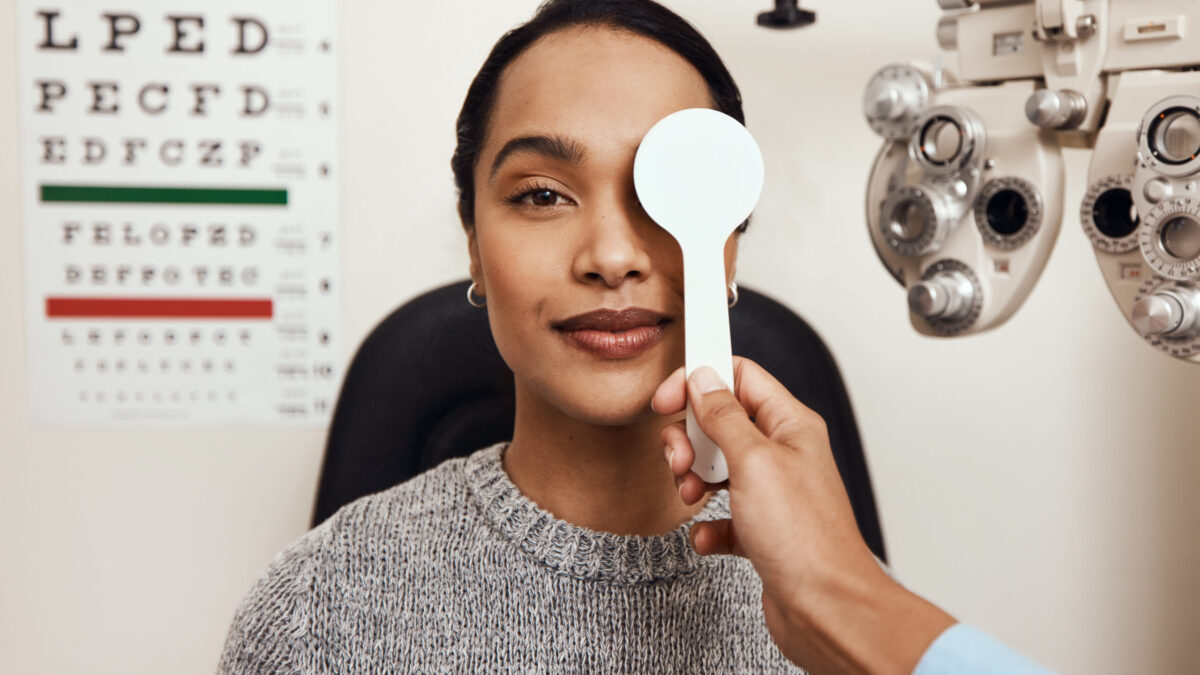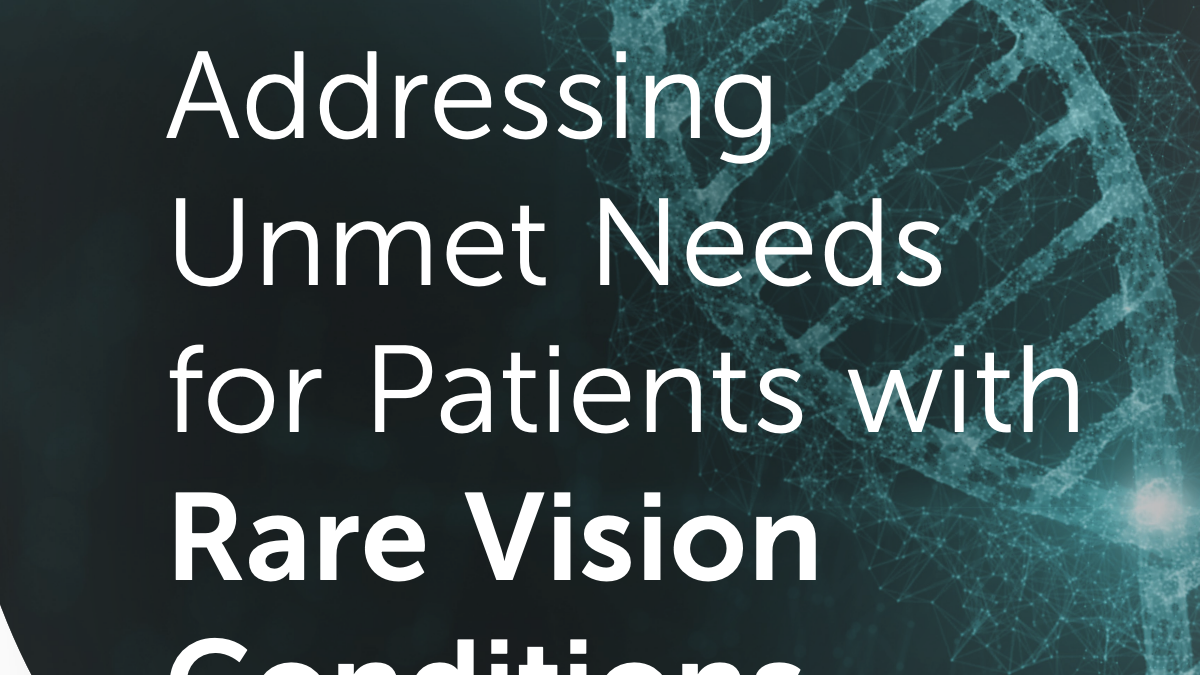May is Healthy Vision Month, making it the perfect time to raise awareness about the disproportionate risk that minority and marginalized populations have for certain eye conditions.
Some populations are not only at greater risk, but also less likely to receive a timely diagnosis and access to effective treatment.
Minority Populations Face Different Risks
Eye conditions related to diabetes – like diabetic retinopathy and diabetic macular edema – are more common among American Indians and Alaska Natives than other ethnic groups. These groups are also disproportionately likely to rely on resource-constrained health systems like the Indian Health Service, which may lack infrastructure and specialists.
Asian Americans and Pacific Islanders have higher risks for conditions like myopia, angle-closure glaucoma and vision complications from hepatitis B.
Black Americans have higher rates of diabetic retinopathy and face a higher risk for glaucoma at younger ages. Also, open-angle glaucoma may impact 5% of Black Americans, making it the leading cause of irreversible blindness among this population.
Screening is Essential
All Americans are encouraged to get a baseline eye examination by age 40 and to screen for glaucoma and other common eye conditions. Doctors will identify patients’ risk factors, including age, family history, very high or low blood pressure, and diabetes, among others.
Public health initiatives have helped to support early diagnosis and have seen modest success. The Vision Health Initiative at the Centers for Disease Control and Prevention, for example, combined local outreach to underserved populations with telemedicine to screen for glaucoma and other causes of vision impairment.
Effective education and outreach efforts can guide people to better diagnostic and treatment resources.
Access to diagnostic and treatment services is also a crucial component of improving eye health nationwide. Free and widely available screenings help patients get the answers and treatment they need. Screenings also provide valuable data for researchers, including data on demographics that may be underrepresented in clinical trials.
This May, people can take steps to safeguard their vision health by scheduling an eye exam.




